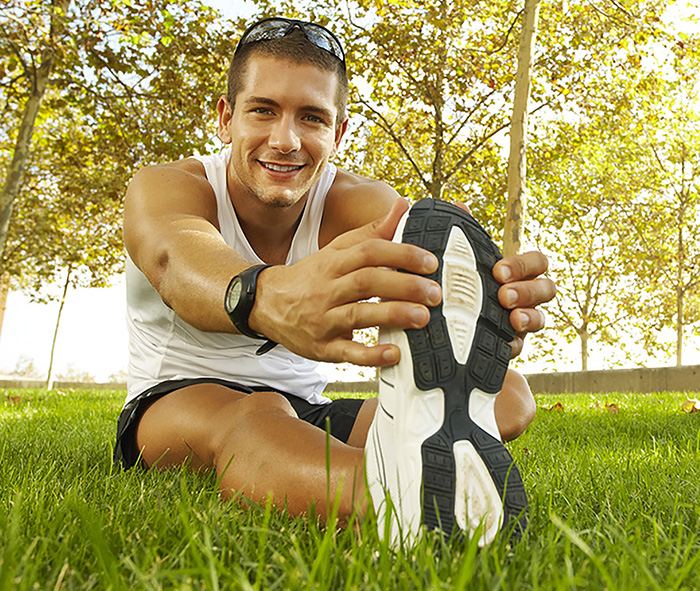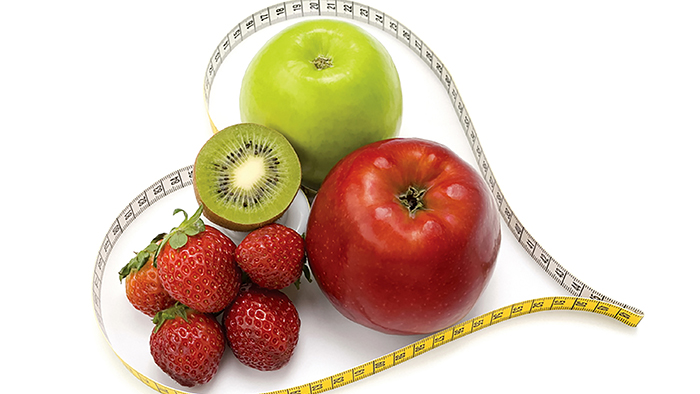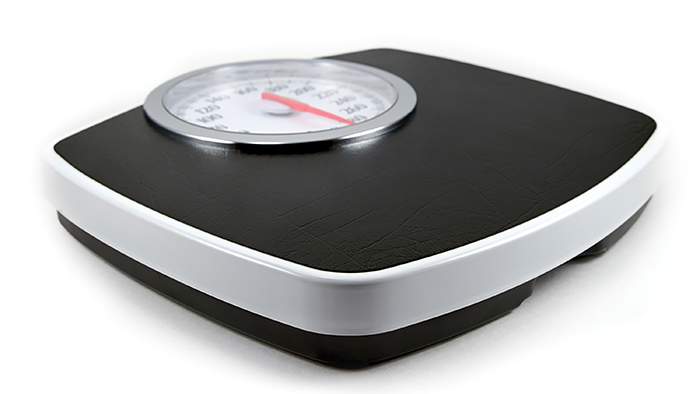Most people see fitness tests as scary, invasive and even a waste of time. In reality it is an extremely valuable process where your strengths and areas for improvement can be identified. And the emphasis is on PROCESS as it should be an ongoing regime of determining where you are to start off with, identifying all possible factors that would benefit your performance or goals, and then addressing them systematically. The exciting news is that there are multiple areas to be tested, which is code for multiple opportunities for improvement!
It might be disheartening to find out that you scored poorly in a dozen different areas. But, just think how your performance would improve if you were to start addressing even a quarter of those areas! And it doesn’t mean you would have to focus on all areas simultaneously. The beauty of conditioning your body is that as you get the foundations in place, suddenly a lot of other areas will start falling into place as well.

Please note that fitness testing is not the reserved privilege of elite athletes. We can all benefit from carefully crafted testing regimes to get to that next race or match, to gain the muscle you want for your sport, or just to establish that training routine that you have been procrastinating about!
Areas that would be revealing through assessment include the following:
- Physical fitness evaluation (body composition; range of motion and flexibility of joints; stability of joints, general and specific strength; speed; agility; reaction time; coordination; stamina; endurance; anaerobic threshold; heart rate training profile; etc.)
- Technical analysis (Are your movements secure, safe and functional to the activity/sport you have chosen? Do you have the correct equipment or footwear for your body type and biomechanics?)
- Tactical analysis (Do you compete with sound strategies or game plans? Do you know when and where things normally go wrong and what needs to be done to improve? Have you seen video footage of yourself in competition or during an event?)
- Psychological evaluation (Are you focussed during preparation and on competition days? How well do you handle the pressure when it’s game time? How confident are you of achieving your goals?)
- Health evaluation (General health including blood pressure, lung function, cardio stress test, neurological function, joint functionality, etc.)
- Nutritional evaluation (Do you have any nutritional deficiencies? Are you eating enough? Are you eating the correct foods for your sporting requirements? Do you know what to eat or drink during and after competitions? Should you be taking any supplements?)
As you may well imagine these tests could be time consuming and have imminent financial implications. So you need to establish when and which evaluations you need to start with, but either way, you need to start somewhere!

When it comes to our online coaching and training clients, it makes perfect sense to have some set protocols in place that will allow for building a profile of each person to ensure there are no risk factors, health issues or other concerns that will prevent us from preparing an effective, challenging but safe routine. By including some physical tests, we are also assured of knowing current levels of fitness, competence and knowing what type of program would work best for a specific individual. Self-testing normally creates some varied responses from clients. Some will go out and do the tests on the same day. Others will gather their determination by building up to an identified self-evaluation day a week or so down the line!
The nature of these tests may vary from a 12-minute Cooper Test, to an all-out hill session to determine maximum heart rate. The Cooper Test is very useful to determine current aerobic competence as all you are required to do is see how far you can walk, run, crawl or sprint during 12 minutes!

A more general test would be in the form of a fitness gauntlet. Some top sports teams use these to set baseline tests for players at the beginning of the season, not only to monitor improvement, but also to determine whether a player is fit for return to the game after an injury layoff. The advantage of a fitness gauntlet is that one can streamline it according to a sport or to individual requirements. An example would be a 30m sprint, 20 sit-ups, 30m tire pull, 10 push ups, agility run with ball pick-ups, ten 10kg medicine ball slams, finishing up with 3 x 30m shuttle runs. The functionality of an all-round circuit like this will give the trainer and client an overall perspective of general fitness, but without over-taxing any specific area in general.
It could be most motivating to have some basic tests reserved for more regular testing, for example body measurements, waking heart rate, blood pressure, or a 3km tempo run. There are a number of apps available nowadays to help with capturing and storing personal data, training info and can even be done on social network level in the form of challenges and other interactive options.

Revealing personal information for some is just that though – very personal. So it’s important to determine exactly how much you are prepared to share with the world, but with the confidence in your trainer or coach you could be well assured of discretion and keeping the focus where it should be.
For every season there is opportunity, irrespective of where you live! If you don’t already have some firm goals in place, start dreaming about where you want to be. Start dreaming of how you will feel once you achieve that goal! Start planning now how you will test to see where you are right now and who will be privileged to join you on that journey!
Marcel Viljoen is an online fitness coach based in South Africa. You can get in touch with him at marcel@fitnessfromafrica.co.za

